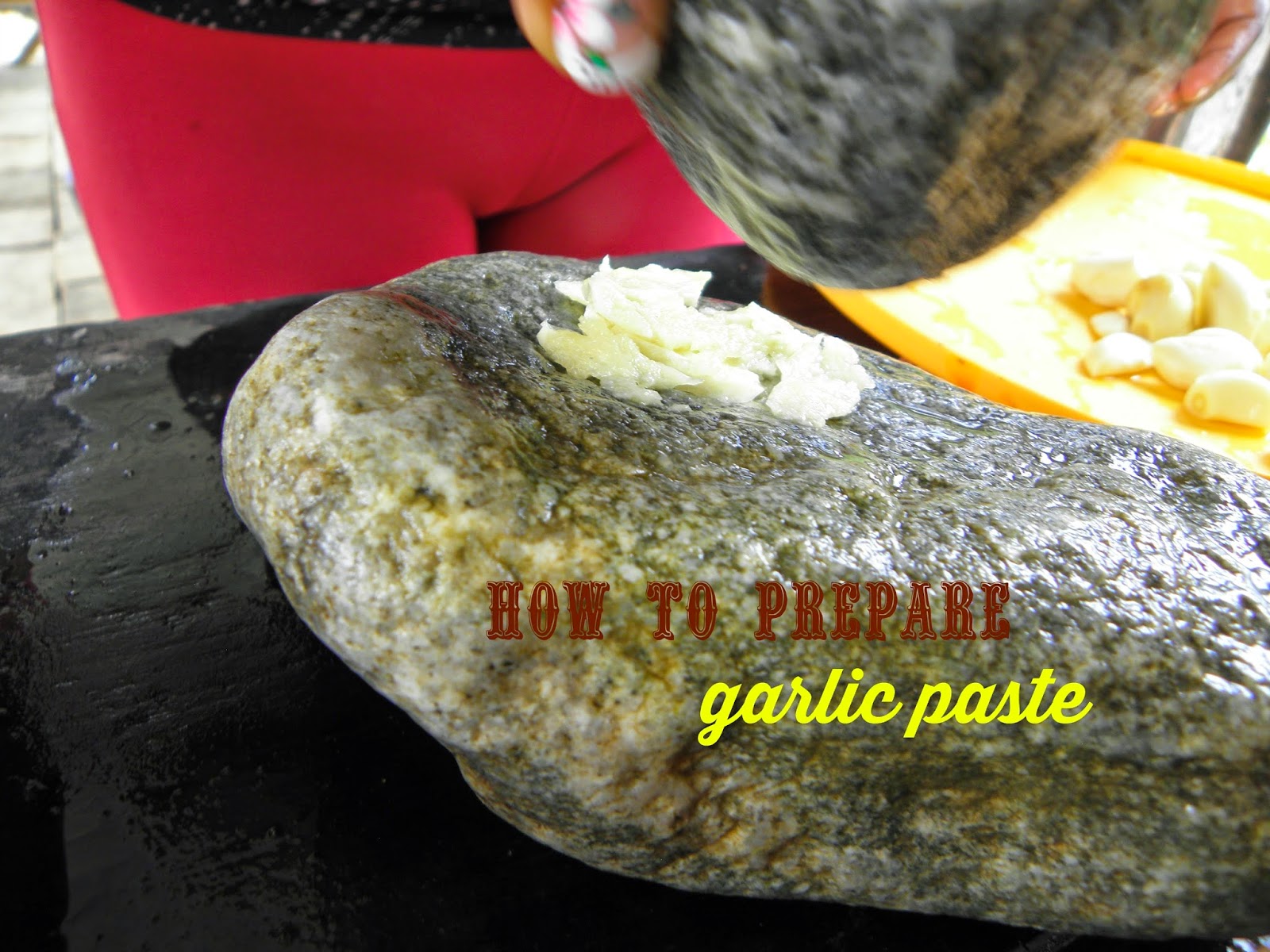The river was filled
with people, laughter and splashing sounds.
The women were washing their pots and pans with the young girls.
The young boys, too young to leave with the warrior, washed their clothes with grim determination.
A few fished with homemade harpoons, looking for fish and river shrimps.
The women were washing their pots and pans with the young girls.
The young boys, too young to leave with the warrior, washed their clothes with grim determination.
A few fished with homemade harpoons, looking for fish and river shrimps.
The little children played in the water, enjoying the touch of coolness in their skins in the damp heat of the day.
The brave ones jumped from a large boulder to the current and swam to the other side.
You could see only their heads bobbing over the waves and the foam.
Everyone felt safe now that the king boa had taken his people away to the war.
The peals
of laughter and cries of joy rose over the sound of the running water and the
conversation.
Sisa felt the scene develop around her with detachment.
Ever since Amarun's visit she had not been able to feel part of her home and life anymore.
She knew that her mother had warned her but it was too late, the harm was already done.
Sisa felt the scene develop around her with detachment.
Ever since Amarun's visit she had not been able to feel part of her home and life anymore.
She knew that her mother had warned her but it was too late, the harm was already done.
Her
life was changing and her magic was changing with it.
Before she had given her heart away, it had already taken the form of little pocket monkey, the ones that people liked to have as pets.
It had cuddled in her neck hidden under her hair.
But now it could not decide what shape to take.
Before she had given her heart away, it had already taken the form of little pocket monkey, the ones that people liked to have as pets.
It had cuddled in her neck hidden under her hair.
But now it could not decide what shape to take.
A
little while ago it had been swimming like a little fish.
Sisa had felt it elation
on fighting the current and flowing together with the water.
Then it had changed into a butterfly, it's wing flapping with the wind while it recklessly defied the water drops flying around.
The magic fluttered around her and she felt its kiss.
Then it had changed into a butterfly, it's wing flapping with the wind while it recklessly defied the water drops flying around.
The magic fluttered around her and she felt its kiss.
It sat
down on her shoulder for a spell and took off again.
- Sisa, she heard her mother's voice, Ushushi, daughter!
- Are you going to get those pots washed today? We'll need to them to be able to cook the dinner tonight, her mother berated.
- Stop dreaming and start working!
- Sisa, she heard her mother's voice, Ushushi, daughter!
- Are you going to get those pots washed today? We'll need to them to be able to cook the dinner tonight, her mother berated.
- Stop dreaming and start working!
To be continued...
This is the nineteenth part of the story.
If you want to read the first part of the story, go to The Queen With The Frozen Heart 1
To read the second part, go to The Queen With The Frozen Heart 2
To read the third part, go to The Queen With The Frozen Heart 3.
To read the fourth part, go to The Queen With The Frozen Heart 4.
To read the fifth part, go to The Queen With The Frozen Heart 5.
To read the sixth part, go to The Queen With The Frozen Heart 6
To read the seventh part, go to The Queen With The Frozen Heart 7
To read the eight part, go to The Queen With The Frozen Heart 8
To read the ninth part, go to The Queen With The Frozen Heart 9
To read the tenth part, go to The Queen With The Frozen Heart 10
To read the eleventh part, go to The Queen With The Frozen Heart 11
To read the twelth part, go to The Queen With The Frozen Heart 12
To read the thirteenth part, go to The Queen With The Frozen Heart 13
To read the fourteenth part, go to The Queen With The Frozen Heart 14
To read the fifteenth part, go to The Queen With The Frozen Heart 15
If you want to read the eighteenth part, go to The Queen With The Frozen Heart 18









































